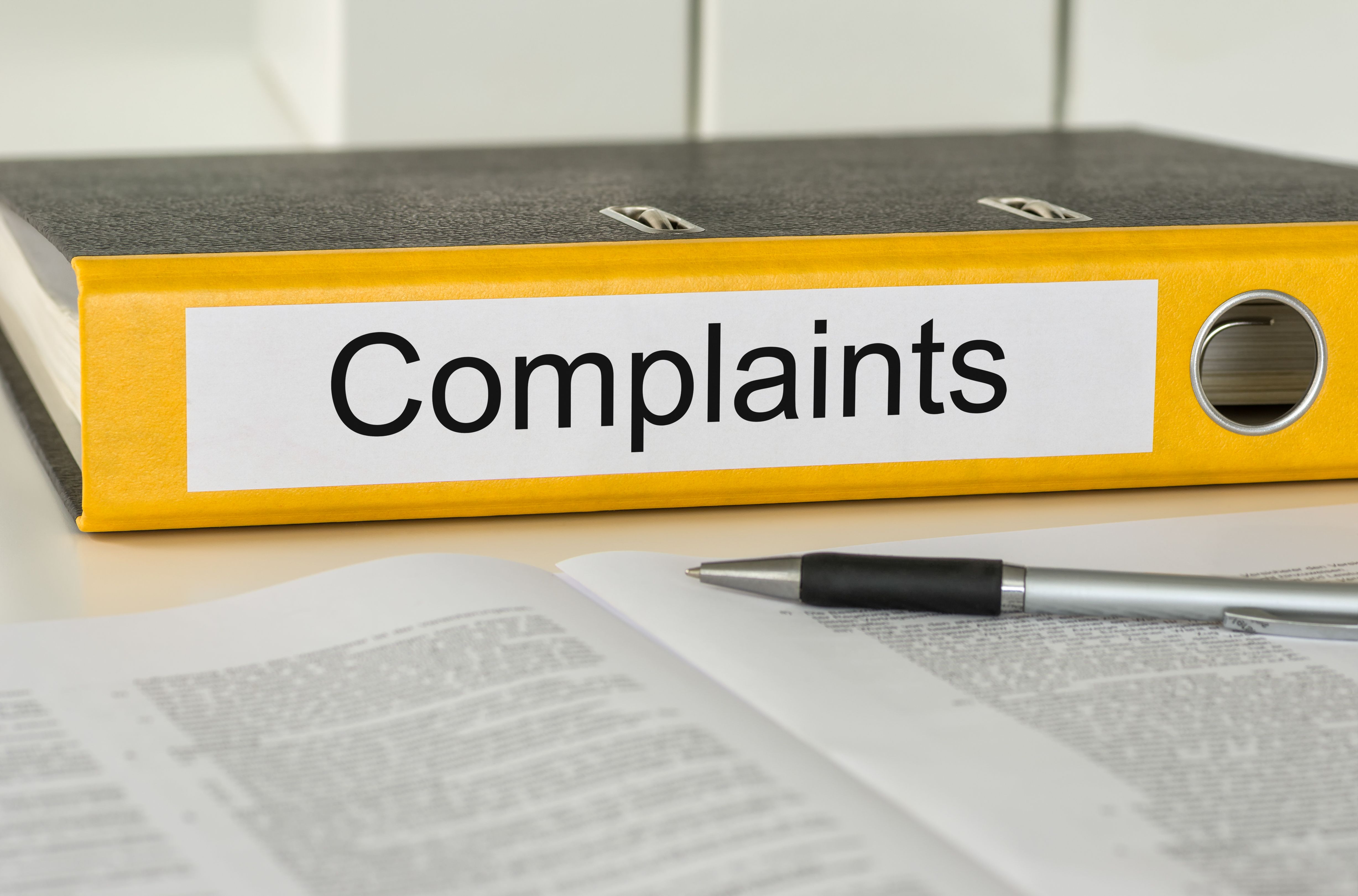Understanding the EEOC's Role in Combating Workplace Harassment
Introduction to the EEOC
The Equal Employment Opportunity Commission (EEOC) plays a crucial role in enforcing federal laws that make it illegal to discriminate against a job applicant or an employee. This includes protection against workplace harassment, ensuring a safe and respectful work environment for all individuals. Understanding the EEOC's role is essential for both employers and employees aiming to foster a positive workplace culture.

Defining Workplace Harassment
Workplace harassment includes unwelcome conduct based on race, color, religion, sex, national origin, age, disability, or genetic information. It becomes unlawful when enduring the offensive conduct becomes a condition of continued employment or when the conduct is severe enough to create a work environment that a reasonable person would consider intimidating, hostile, or abusive.
Types of Workplace Harassment
The most common forms of harassment include sexual harassment, racial harassment, and bullying. Sexual harassment might involve unwelcome sexual advances, requests for sexual favors, and other verbal or physical harassment of a sexual nature. Racial harassment includes derogatory remarks about a person's race or color. Bullying can take various forms and can be equally damaging.

The EEOC's Role in Addressing Harassment
The EEOC investigates charges of discrimination, including harassment, filed by employees. It works to resolve these charges through voluntary mediation or by filing lawsuits on behalf of affected individuals when necessary. The EEOC also provides guidance and training to help employers prevent and address workplace harassment effectively.
Filing a Complaint with the EEOC
Employees who believe they have been subjected to workplace harassment can file a complaint with the EEOC. This process entails a thorough investigation where the EEOC will review the evidence presented and determine if there has been any violation of the law. If so, the EEOC may pursue legal action on behalf of the claimant.
- Gather evidence of the harassment.
- File a complaint with the EEOC within 180 days of the incident.
- Cooperate with the EEOC during their investigation.

Preventing Workplace Harassment
Prevention is key in combating workplace harassment. Employers can take proactive steps by implementing comprehensive anti-harassment policies and conducting regular training sessions for employees and management. These measures not only protect employees but also create a more inclusive and respectful workplace environment.
Creating an Inclusive Work Culture
Employers should strive to develop an inclusive work culture that values diversity and promotes open communication. Encouraging employees to speak up about any concerns without fear of retaliation is crucial in maintaining a healthy work atmosphere. Regular feedback and an open-door policy can help achieve this.
- Develop clear anti-harassment policies.
- Conduct regular training sessions.
- Create channels for reporting concerns confidentially.
The EEOC serves as a vital resource in the fight against workplace harassment, ensuring that all employees have access to a safe and equitable work environment. By understanding its role and taking proactive measures, both employers and employees can contribute to eradicating harassment from workplaces across the nation.